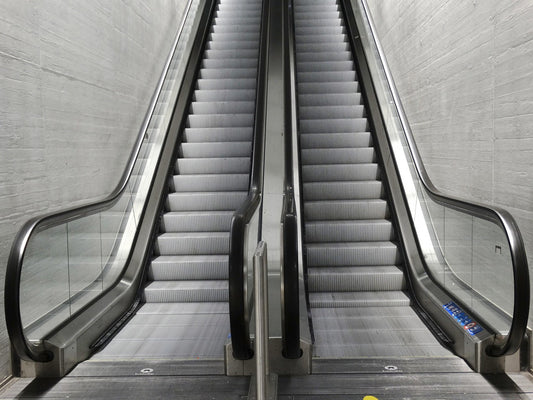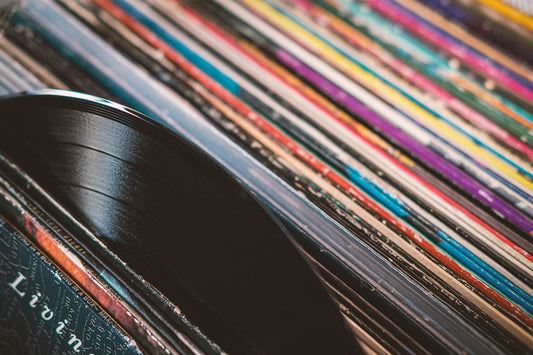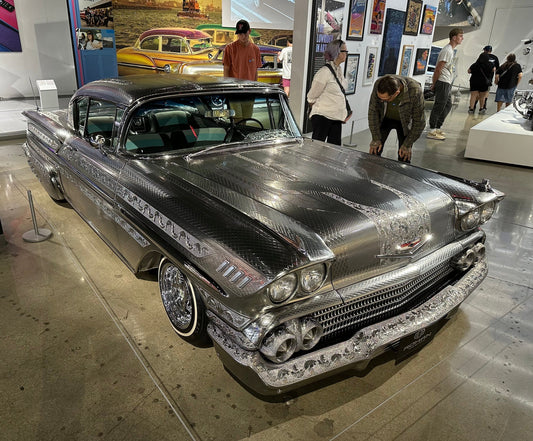At Octave Records, I've been working on honing my recording chops. The resulting tracks have each taken a noticeable leap up in you-are-there presence as well as soundstage width and depth.
Part of the technique is to hone in on which microphones and preamplifiers are best at which task. For example, the studio's pair of Neuman U67 tube microphones, arguably the best condensers microphones made, amplified through the Manley vacuum tube preamps, turn out to be magical capturing cymbals, toms, and the drum overheads (a seemingly lowly task for such an amazing microphone), yet not so good for vocals and solo instruments. They are somewhat thin in the midbass so solo instruments like voices and full bodied guitars are just...well...thin. What they bring to the table as they capture all the delicate crashes and shimmers of the percussion kit is nothing short of breathtaking.
Magic.
But more important to today's topic is that stereo width. As we sort out the various microphone types and techniques, the resulting recordings have taken on far more presence—something you will be able to hear in the upcoming Art of HiFi series Woodwinds and the follow up of Jazz standards—and along with that presence comes a dramatic increase in stereo width.
This is a subject fascinating to me. As someone who, for the past 50 years, has worked on honing the art of equipment design and system setup to maximize presence and soundstage width and depth, being on the other side of the creation process has been a real ear-opener.
What are the limitations? What are the possibilities?
This post is just a ramble on the subject. We're not really going anywhere specific today. Just keeping you n the loop as this all unfolds.
More to come.










